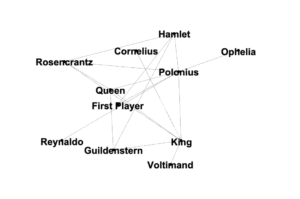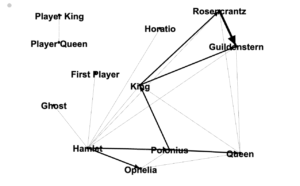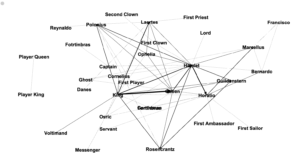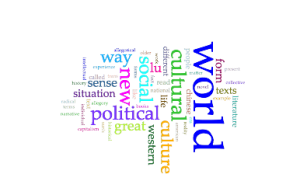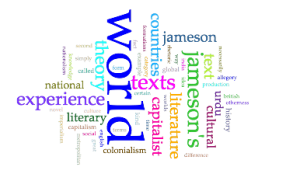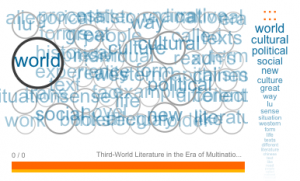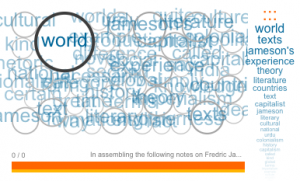Hi all, many congratulations on completing the semester to all of you. A special shout out to Patrick Smyth, I apologize I can’t make your party tonight. But I wanted to write a blog about my final project. As you may recall, I am doing a textual analysis project based on letters written between Karl Marx and Frederick Engels in the latter half of the 1850’s. I am largely interested in how these letters influenced their other published works, such asCapital. But that isn’t what I am interested in blogging about today. There was one area of my proposal that I submitted yesterday that I wish to discuss now, and that has to do with the inclusiveness of my work.
I was struck earlier in the semester reading Lauren F. Klein’s “Distant Reading after Moretti.” It really brings to light issues of inclusiveness in the Digital Humanities and academia as a whole. I realize I am a white male working on a project of the work of two other white males, so I wonder what biases I have just from the beginning in terms of race and gender. I also question if there is inherent racism or sexism in Marxist thought as a whole. What must I do to avoid such biases and to find any instances of racism or sexism in the texts I analyze?
Textual analysis, or distant reading, is as Klein says, “unwelcoming to women.” What can I do in my work to be inclusive of feminism and gender thought (and of course race) as I analyze these letters throughout next semester? How can I create a project that invites people of all backgrounds to engage with my work? I don’t think I will be able to answer any of these questions in this blog, but I want to stress how important it is that I think about them.
Marxism, in general, boils down to equality, but is that enough to be void of any of the issues I highlighted? Marx and Engels, as I’ve said were white European men, and perhaps have a Eurocentric mindset. I’d be very interested in reading of racism and sexism in Marxism if anyone has article or book suggestions. There is so much to read on the topic, and in my landscape audit I didn’t really see anything regarding these issues. I wonder how female, gender non-conforming, and people of color interact with Marxist thought differently than I would. Has anyone come across something troubling in their own readings of Marxism?
Digital Humanities is evolving and growing, as is academia with movements like #metoo and #blacklivesmatter. But when working with products from the canon, we can be sure to encounter ways of thinking that differ from the norms of today. Not to say there is no value in these works, they just need to be interpreted from their own time. I guess the best thing I could do for now is to read works on Marxist thought written by women and people of color. I know they are out there, one of my professors this past semester was female, Marxist and feminist. Is anyone else considering their own inherent biases in the work they are planning on doing next semester?
Again, congratulations on a finishing the semester. It’s been a true pleasure for me working with all of you over the course of the term, a major learning experience to be sure. I hope you have the happiest of holiday breaks, however you choose to enjoy it.



